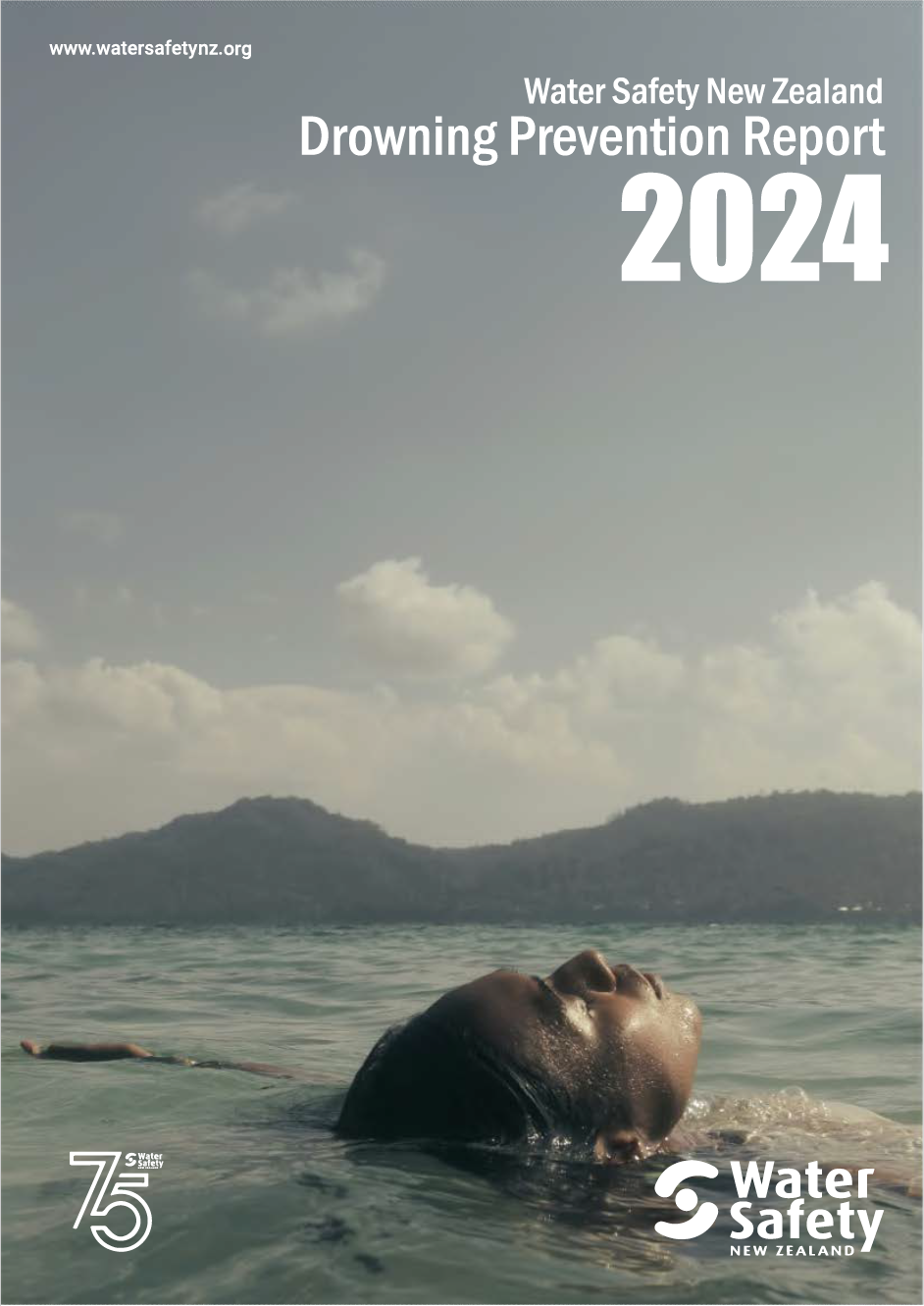
Report summary
The human and economic impact of drowning in New Zealand, alongside pressures on rescue services, can be reduced through fresh thinking and innovation. While challenges remain, findings in the 2024 National Drowning Report show that with commitment and collaboration, significant further reductions are within reach.
Key statistics
- 72 drowning fatalities - the lowest since 2018 and 13% below the 10-year average of 82.7
- 88% of fatalities were adults - emphasising the need for targeted interventions for over-25s, and ongoing sustained focus on education for young New Zealanders.
- 18% of fatalities occurred in blackspots - high-risk locations demand focused prevention efforts.
- Auckland blackspots Highlighted - 39% of drowning fatalities in Auckland occurred at identified blackspot locations
- Males overrepresented (83%) - consistent with previous years, males account for the majority of drowning fatalities, reflecting their higher participation in and exposure to activities on and under the water.
- Ethnic disparities in drowning rates: - "other" ethnicities have the highest drowning rate at 6.46 per 100,000, followed by Māori at 1.76, Asians at 1.54, and Pasifika at 1.44. NZ Europeans have the lowest rate at 0.83 per 100,000.
- Young adults show greatest reduction - drowning fatalities among 15-24-year-olds dropped to 4 in 2024, significantly below the 10-year average of 12.8 deaths.
- Adults (25-54) account for most fatalities - this age group had the highest number of drownings in 2024 with 42 fatalities, a 20% increase compared to the 10-year average of 35. Adults make up 40% of New Zealand's population but accounted for 58% of all drowning fatalities.
- Activities and environments - coast (36%), tidal (24%) and rivers (19%) were the most challenging environments. Slips and falls (28%), Craft (25%) and Swimming/'playing in the water' (25%) made up 78% of all fatalities.
Key themes and findings
Drowning rates are declining but progress is slowing
New Zealand has made significant strides in reducing drowning rates, now at 1.35 per 100,000 people. However, recent trend analysis suggest a plateau, signalling the need for innovative strategies and increased resources to maintain momentum.
Young New Zealanders are safer than ever
Sustained efforts in water safety education, such as the Water Skills for Life™ programme, have contributed to a significant reduction in drowning rates among under-25s, who account for just 12% of fatalities (31% of the population).
Blackspots: High-risk locations identified
Ten blackspots, high fatality areas, were responsible for 18% of drownings in 2024. Focused, community-driven interventions are critical to address these high-fatality areas.
Lifejacket use would save lives
With 94% of craft-related fatalities involving individuals not wearing lifejackets, a nationwide mandate for lifejacket use on watercraft is urgently needed.
Alcohol’s role in drownings
Alcohol remains a factor in 30–40% of drownings, highlighting the need for campaigns addressing risky behaviours around water.
Economic impact
The economic burden of drowning fatalities, hospitalisation and injuries in 2024 exceeded $1 billion, reinforcing the urgent need for prevention-focused investment.
Action plan for a safer future
The 2024 report identifies three key areas for focused action to reduce drownings:
- Expand education - universal access to survival-focused water safety programmes for all primary school-aged children.
- Target blackspots - tailored interventions at high-risk locations
- Mandate lifejackets - nationwide legislation requiring lifejacket use on watercraft.
Explore the full report - the 2024 National Drowning Prevention Report offers an in-depth analysis of trends by age, activity, environment, and region, along with data-driven solutions to address New Zealand's drowning problem.
